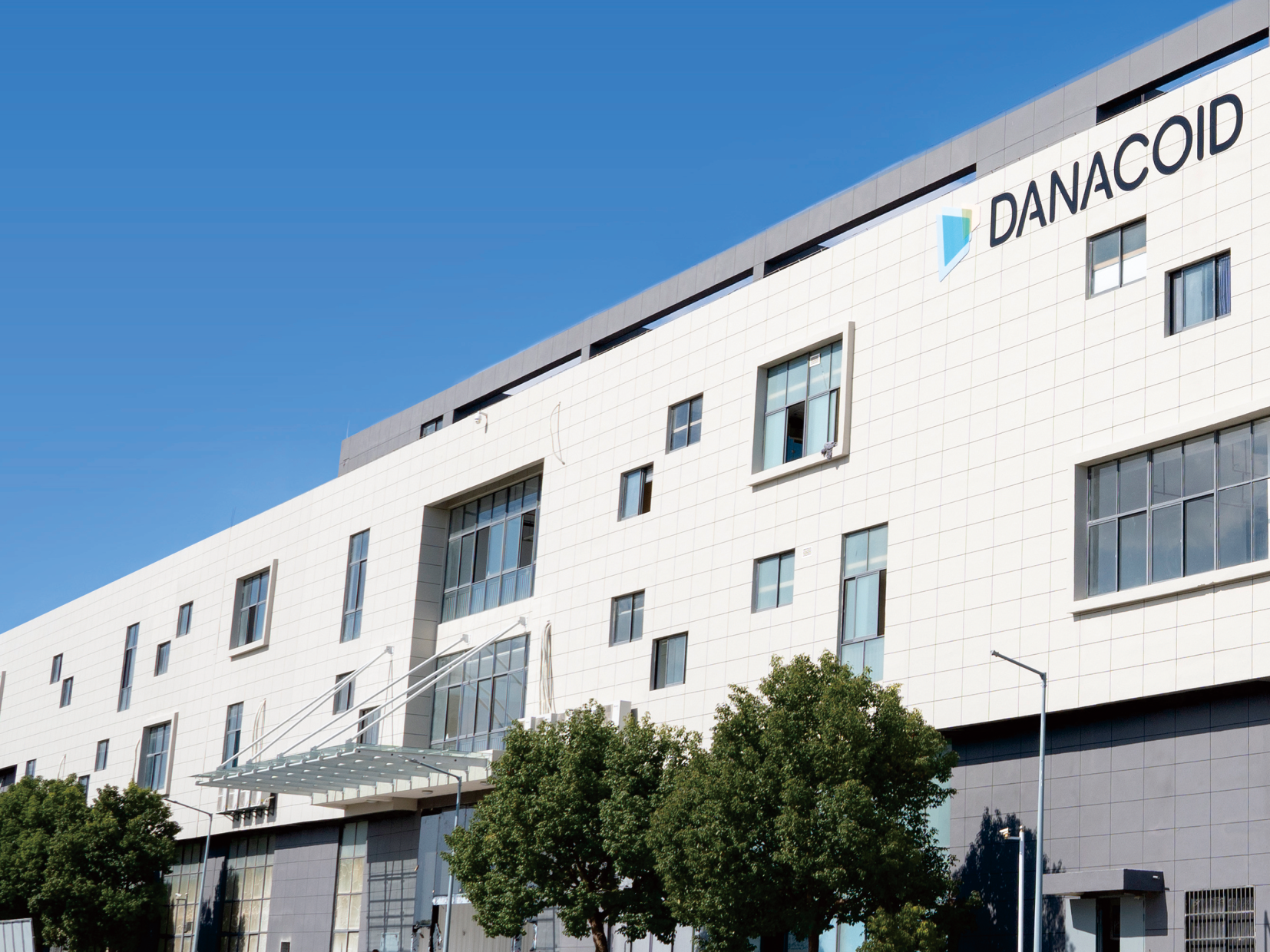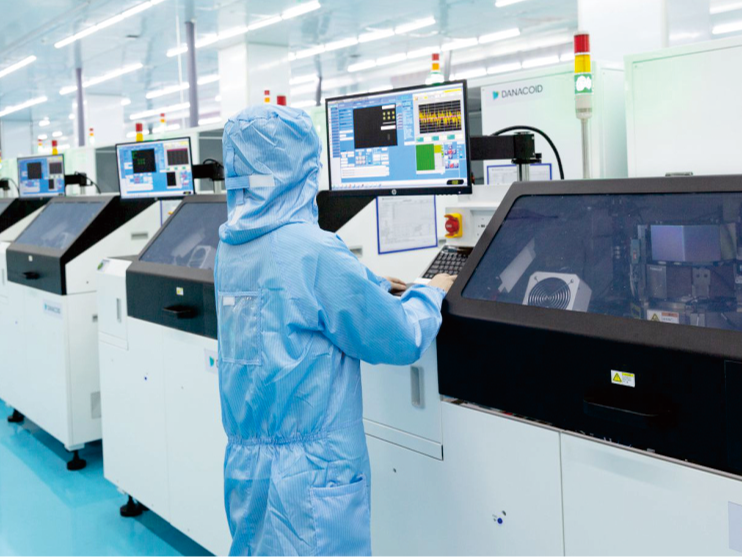touch screen for classroom
Touch screens for classrooms represent a revolutionary advancement in educational technology, combining interactive display capabilities with advanced computing power. These sophisticated devices typically feature large, high-resolution displays ranging from 65 to 86 inches, offering crystal-clear visibility throughout the classroom. The multi-touch functionality allows multiple users to interact simultaneously, enabling collaborative learning experiences. These screens incorporate advanced infrared or capacitive touch technology, ensuring precise and responsive touch detection. They come equipped with built-in speakers, multiple connectivity options including HDMI, USB, and wireless casting capabilities, and often feature integrated Android or Windows operating systems. The screens support various educational software and applications, digital whiteboarding capabilities, and screen sharing functions. Most models include anti-glare coating and blue light filters to protect students' eyes, along with tempered glass for durability. The interface typically offers intuitive navigation, making it accessible for both teachers and students. These devices support multiple file formats, allowing seamless integration of diverse educational content, from videos and presentations to interactive games and learning applications.


















